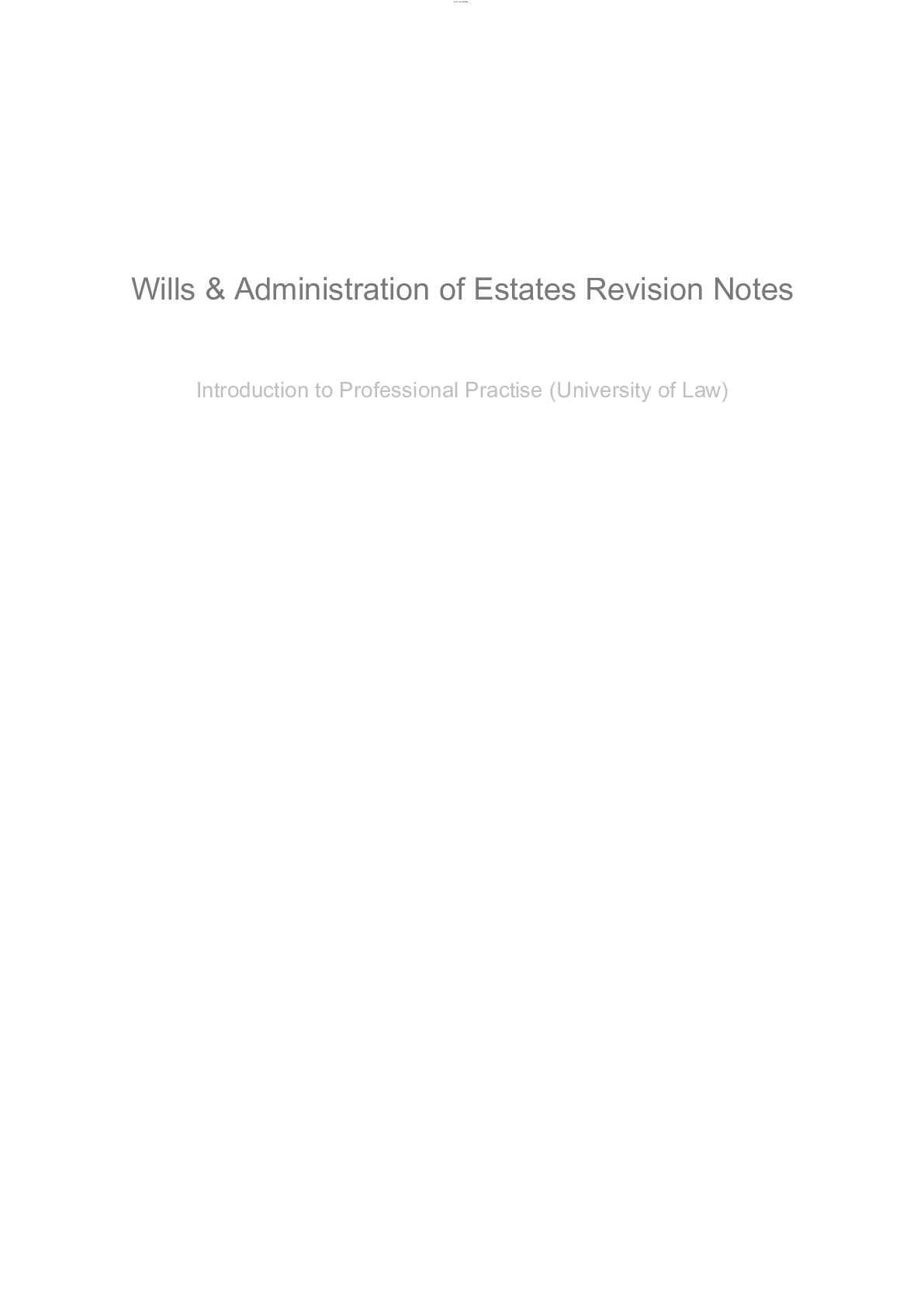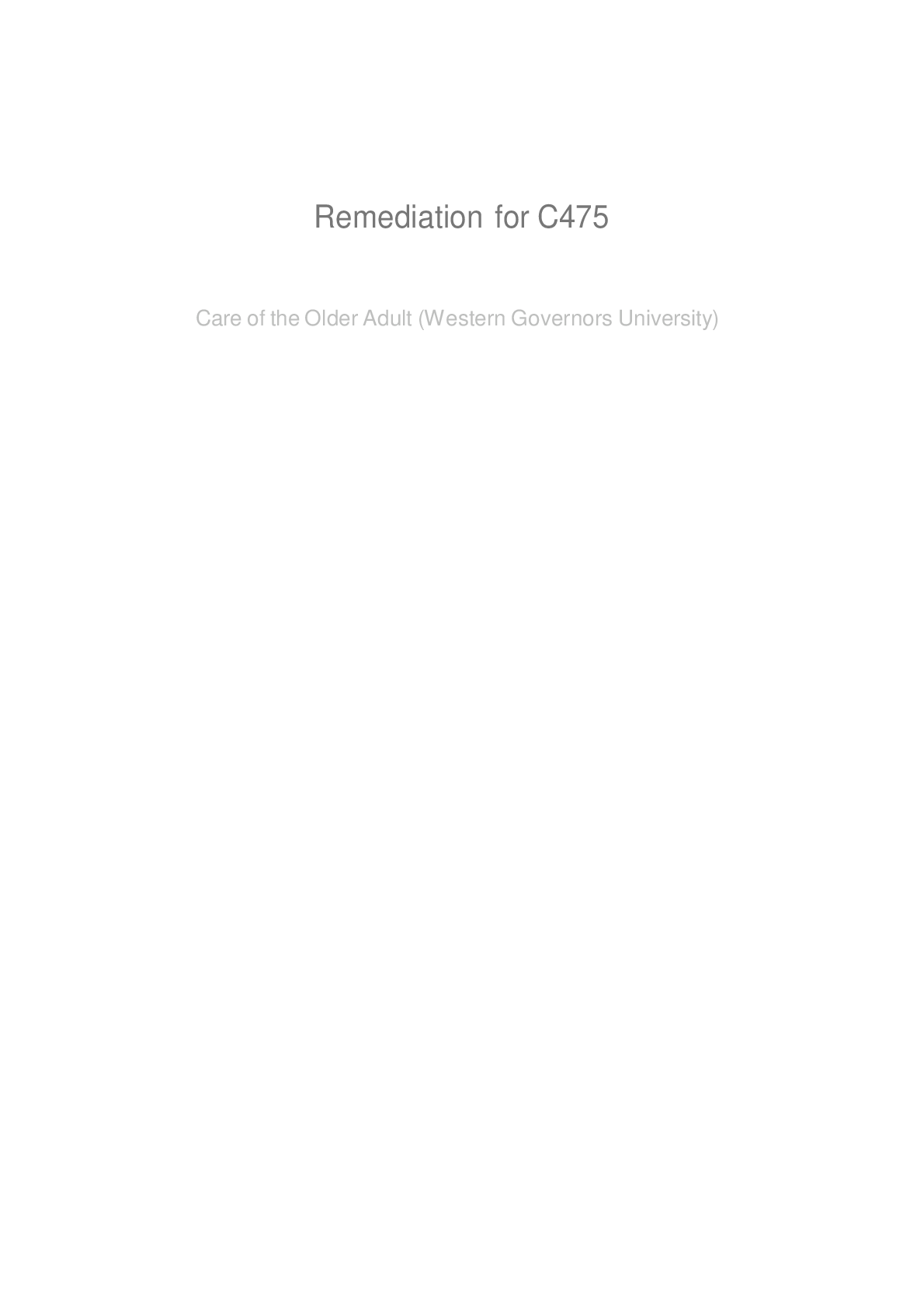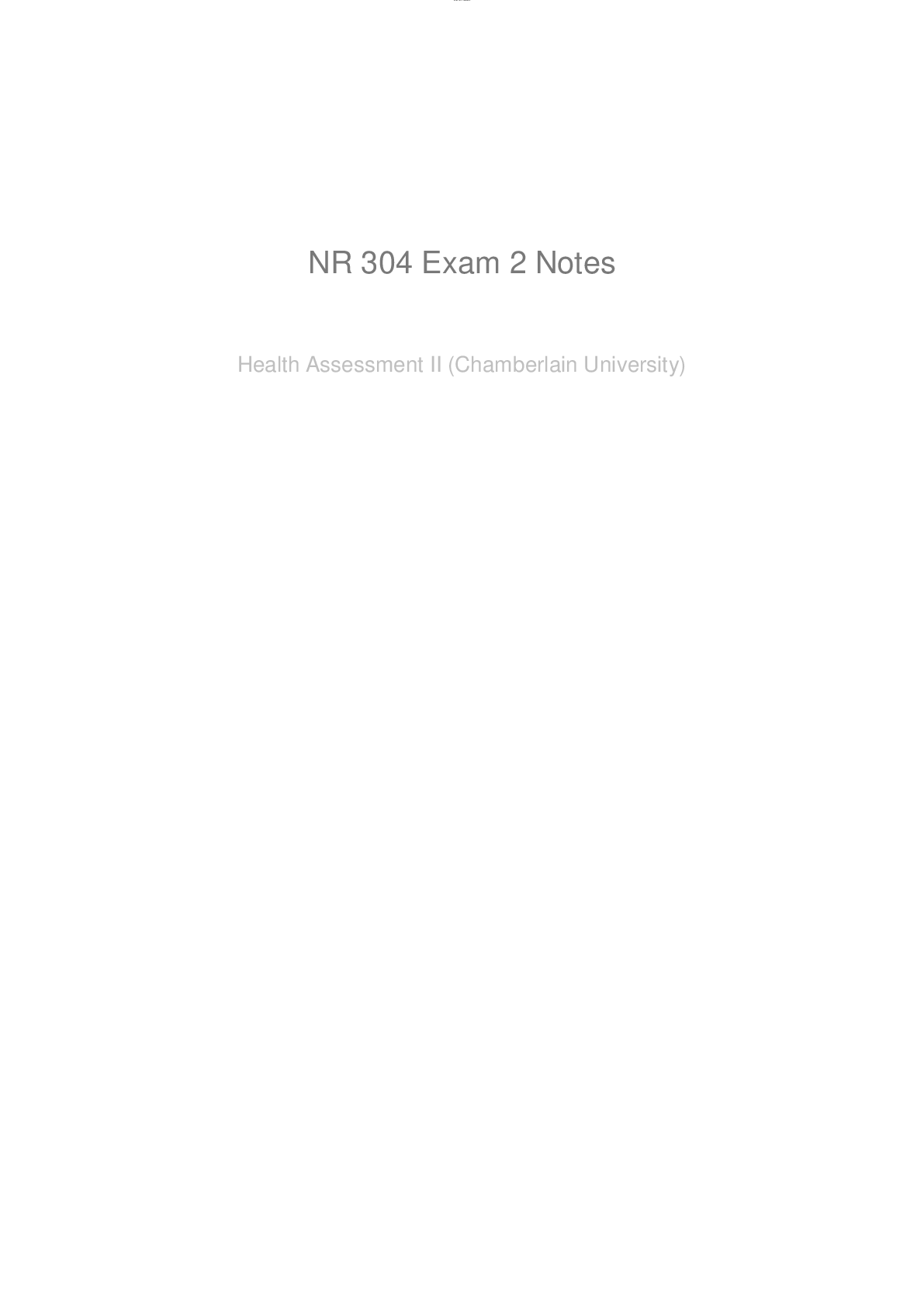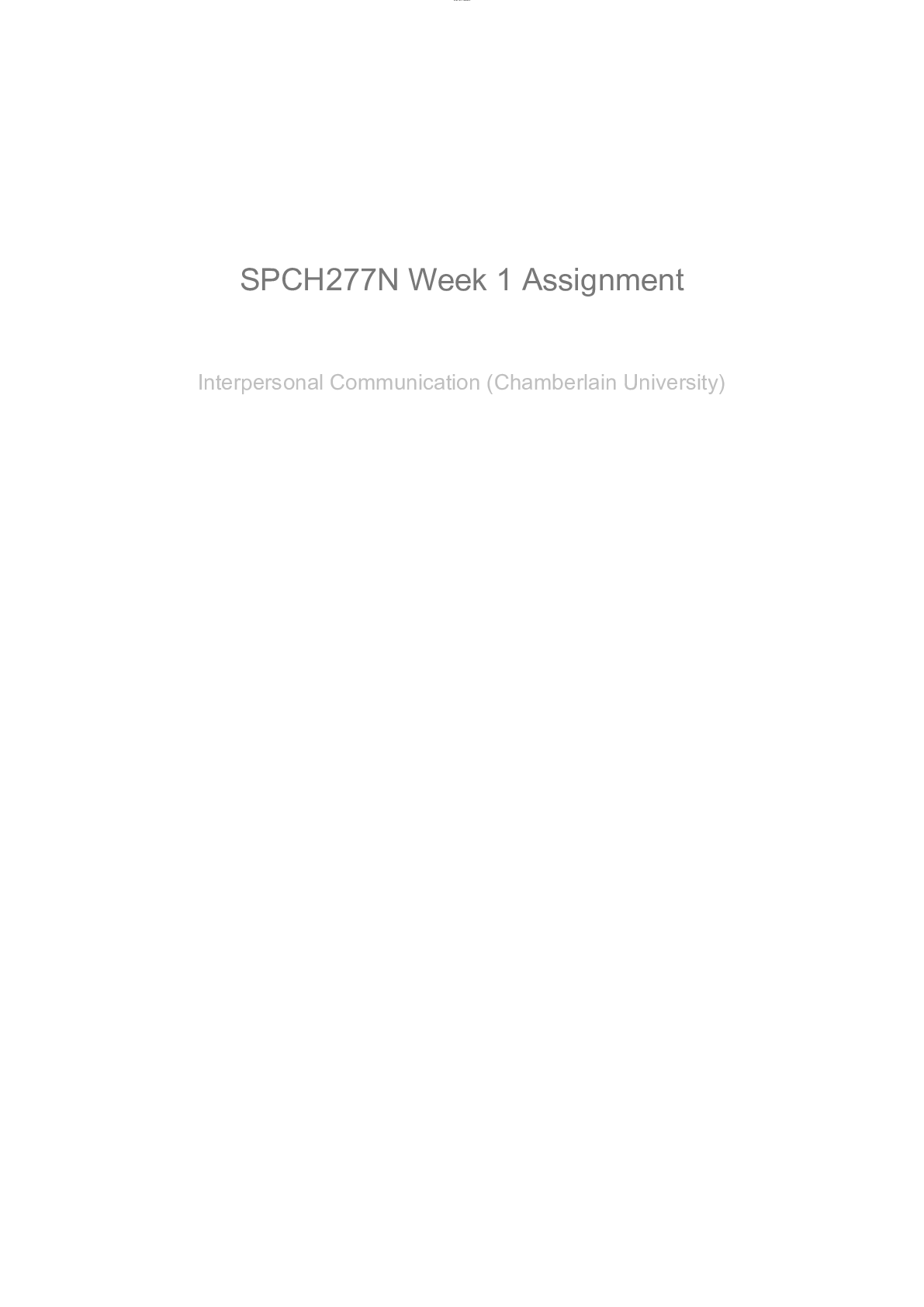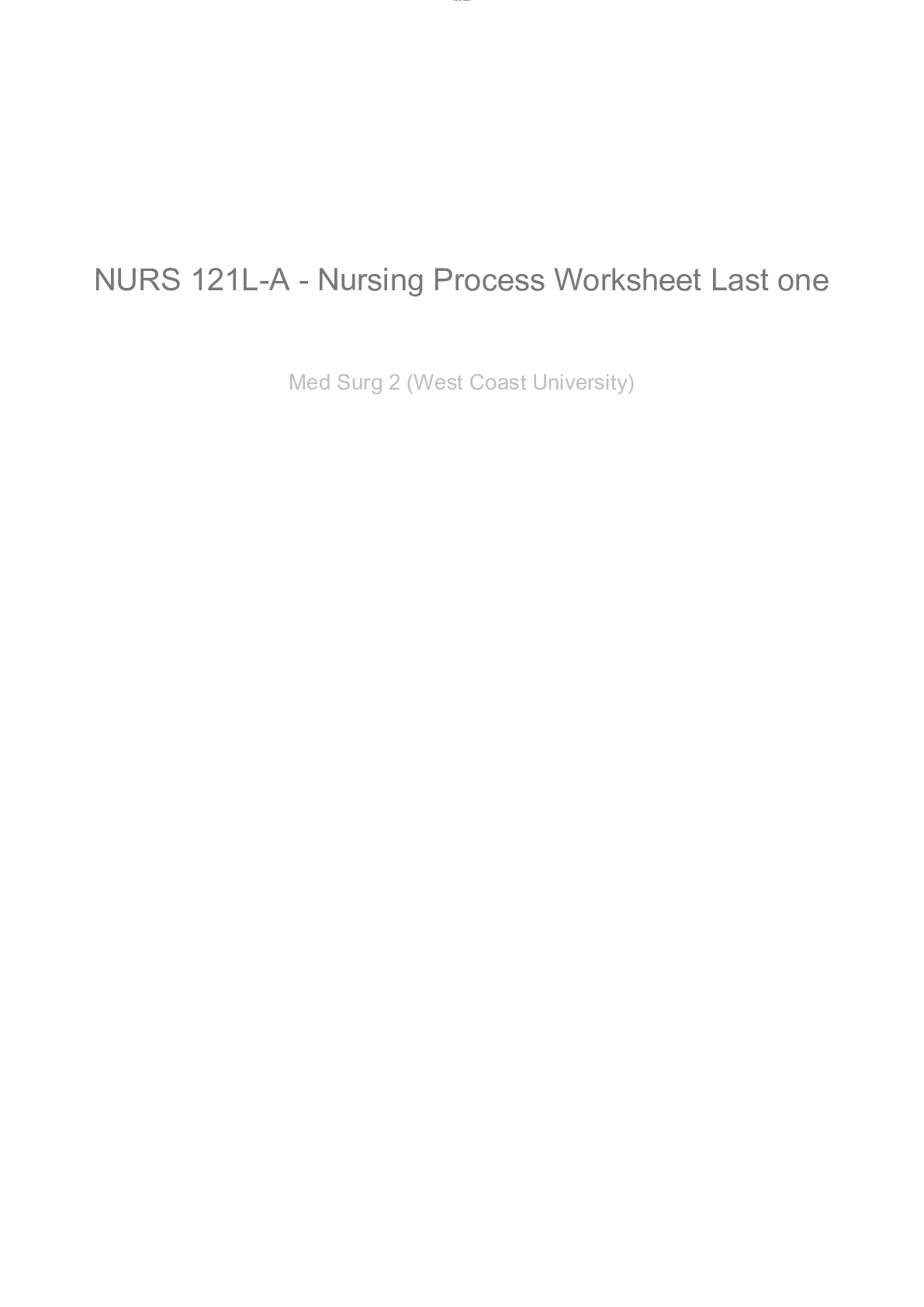Business > Study Notes > Business 115 Notes (All)
Business 115 Notes
Document Content and Description Below
Business 115 Notes Module 1 – Introductory Economic Concepts Learning Outcomes 1. Demonstrate group discussion and active listening skills 2. Analyse individual decision-making like an economist... . 3. Explain intuitively the shape of the demand and supply curves. 4. Distinguish between movements along and shifts in the demand and supply curves. 5. Examine the process of achieving market equilibrium. 6. Evaluate the welfare implications of competitive markets. Oral Communications Skills Important oral communications include: Students demonstrate group discussion and active listening skills when they engage in various (good) oral communication practices. o Paying attention o Respectful o Tolerant/accepting of different opinions o Ask/give feedback where necessary o Questioning o Listening Economics: A Way of Thinking About the Real World Q. Are you an Economist? Yes! You engage in economic thinking every day. For example decision-making (courses, degree) choices, preferences, and cost-benefits analysis. Basic Foundations of Economic Thinking Incentives – A reward (eg. Subsidy) or penalty (eg. Tax) that encourages or discourages an action. Are designed to ‘steer’ or change behaviour. Scarcity – Fundamental economic problem: How do we satisfy unlimited needs and wants with limited means or resources? Choices – Involves a trade-off or sacrifice. Preferences – Typically have a rank order; are listed in order of priority. Opportunity Cost – Next best (highest-valued) alternative is foregone when a choice or decision is made. Marginal Benefit (MB) – The additional gain (happiness or utility) from buying one one more unit of a good. Marginal Cost (MC) – The additional cost (time, money, other costs) of producing one more unit of a good. Sunk Costs – An expense/investment that has already been incurred and cannot be recovered. (Eg. Buying and ice cream and eating it). Fixed Costs – Costs that remain constant regardless of levels of production. (Eg. Rent). When considering costs and benefits, rational choices come into play. But sunk costs and fixed costs are irrecoverable and should NOT affect the decision-making at the margin. Thus the most rational behavior would be: Choice 1: MB>MC (most preferred), Choice 2: MB=MC (Indifferent), MB<MC (not rational). What are Markets? A market is any arrangement that brings buyers and sellers together. It typically has 2 parts: demand (buyers/consumers) and supply (sellers/producers). Some markets are physical places where buyers and sellers meet and determine prices and quantities traded. o Eg. Auction house, local fish market, weekly farmers market etc. Some markets are virtual places, where buyers and sellers never meet face-to-face, but connect over the internet/phone. o Eg. AliExpress, eBay, Amazon. We assume a (perfectly or highly) competitive market has many buyers and many sellers. No buyer/seller can influence/dictate the price (price-taking) Assume the good produced/sold is the same (no product differentiation) Sellers are free to enter/exit the market (low barriers of entry) Buyers and sellers now the same things about the market (perfect information) No third-party spillover effects (no externalities) Demand The quantity of a good that consumers are willing and able to buy at various prices per time period, ceteris paribus. Law of Demand: o The law of demand states that there is a negative relationship between price (P) and and quantity demanded (Qd). The higher the P, the lower the Qd; the lower the P, the higher Why the demand curve is downward sloping: o Consumers derive benefits from consuming goods/services. o The additional benefits derived from consuming one more unit of a good are called Marginal Benefits (MB). o As we buy more units of a good, the marginal benefits decrease – the less benefits you get with each additional purchase. Eg. I’m hungry so I buy an apple, but as I buy and eat more apples, the more full I get. So the additional gain or fullness I get from each apple decreases. This idea is also known as the law of diminishing marginal utility. o Thus MB decreases as Q consumed increases, and consumers will only be willing to buy more units of a good only if the price falls. o Therefore, the demand curve is also known as the Marginal Benefits curve (MB). Change in Quantity Demanded – Movement along a Demand Curve o Movement along a demand curve (Change in Qd) is caused by a change in the price of the good. o Law of Demand comes into play [Show More]
Last updated: 1 year ago
Preview 1 out of 14 pages
Instant download

Instant download
Reviews( 0 )
Document information
Connected school, study & course
About the document
Uploaded On
Aug 24, 2022
Number of pages
14
Written in
Additional information
This document has been written for:
Uploaded
Aug 24, 2022
Downloads
0
Views
52


.png)

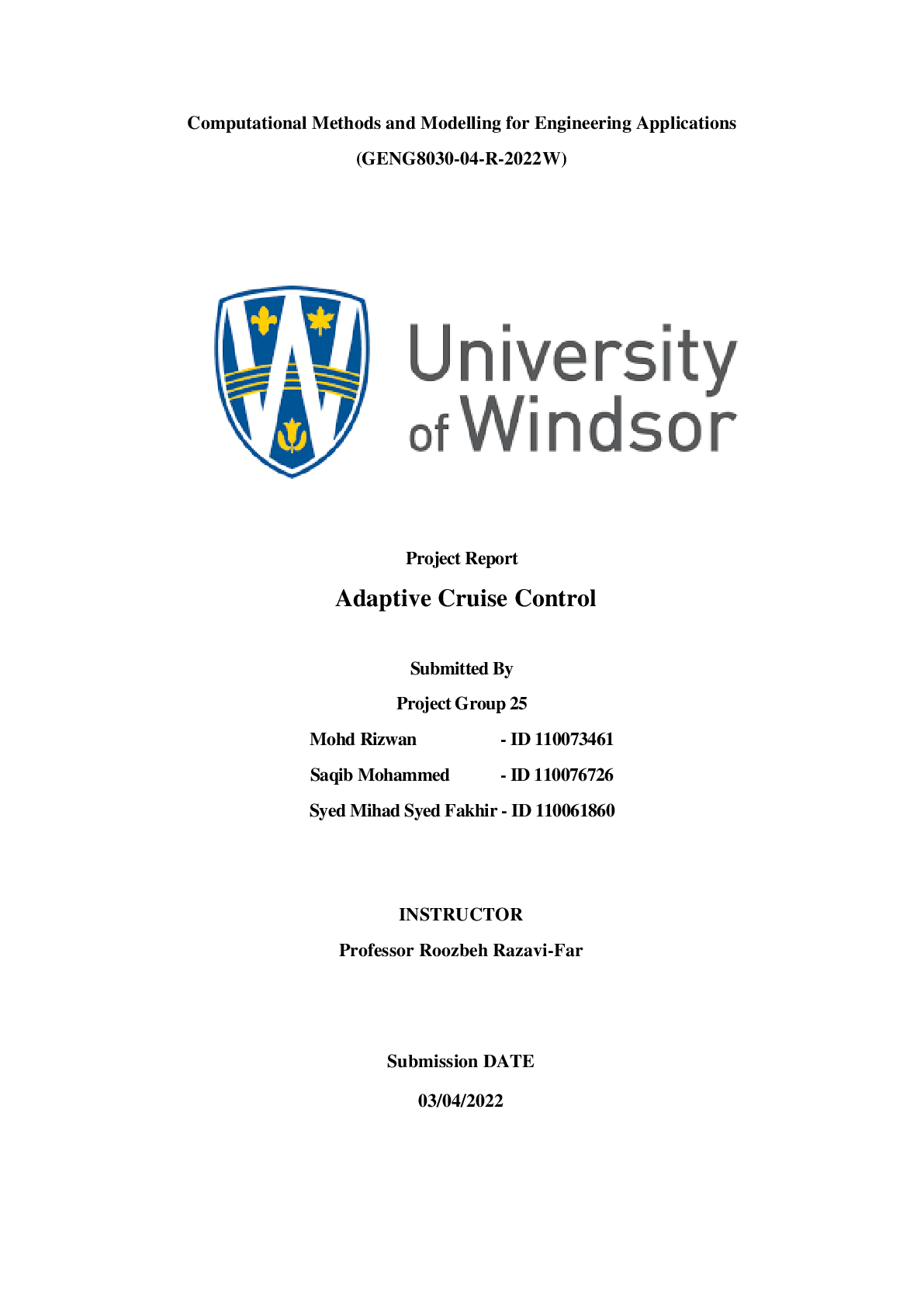





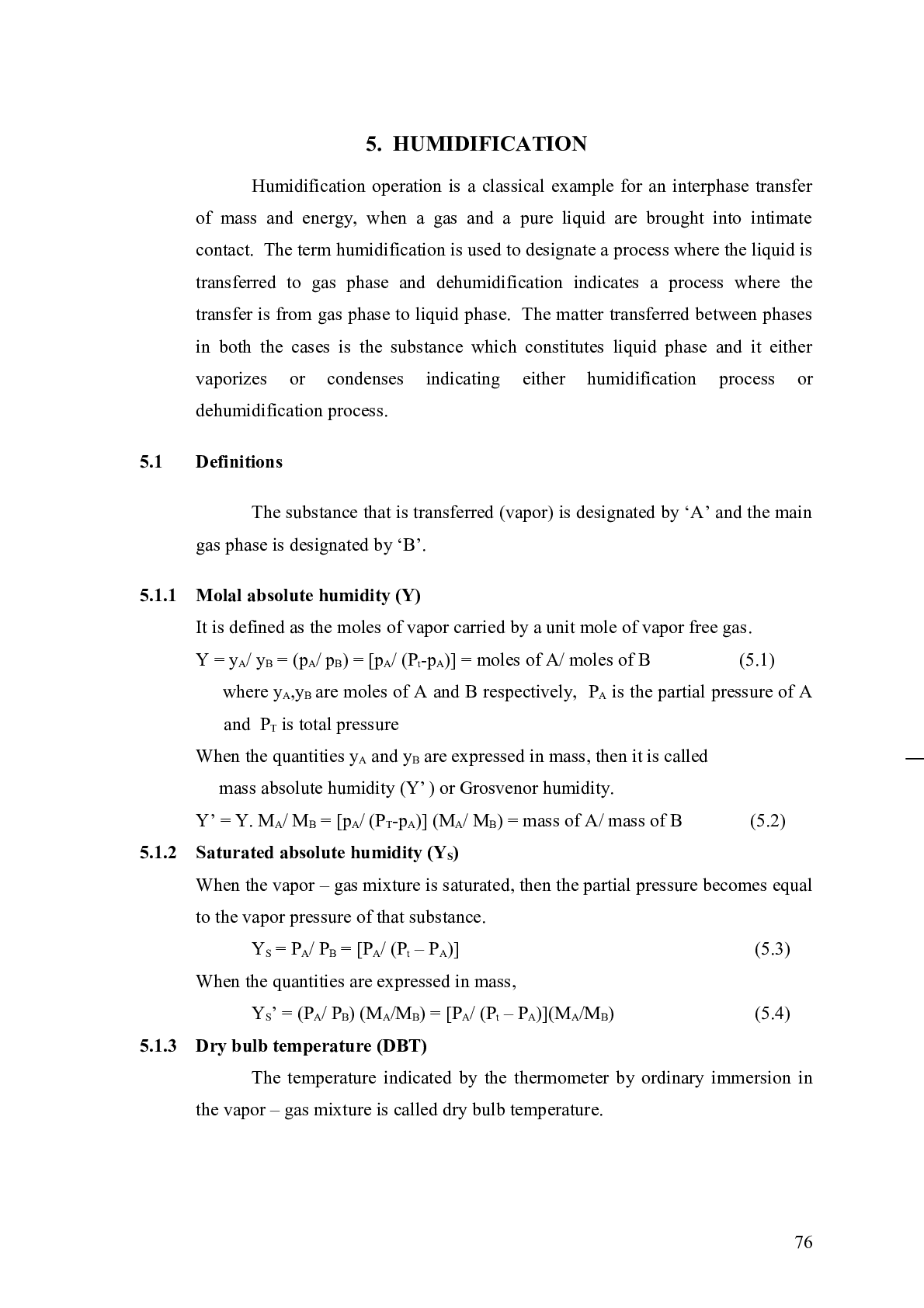
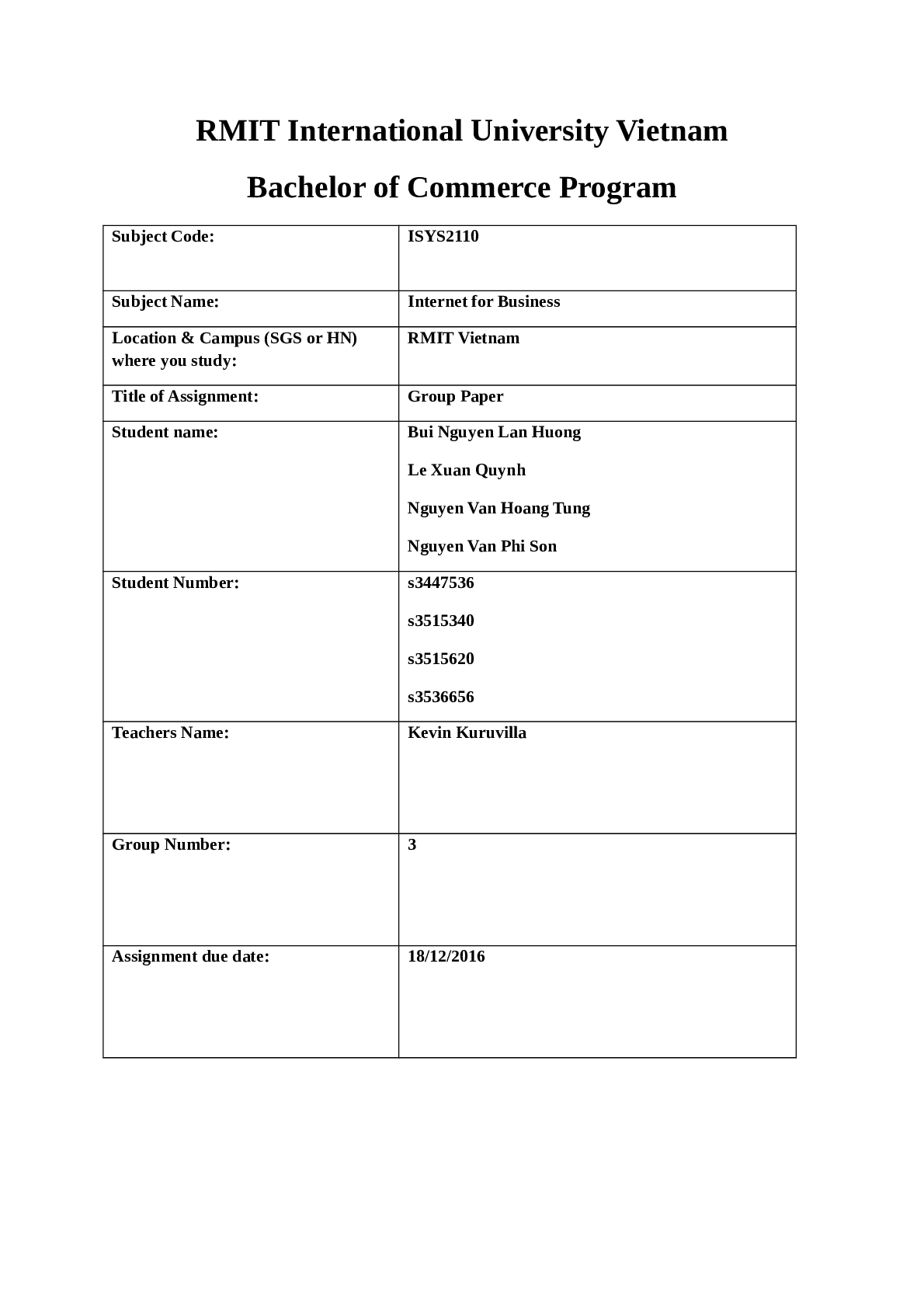


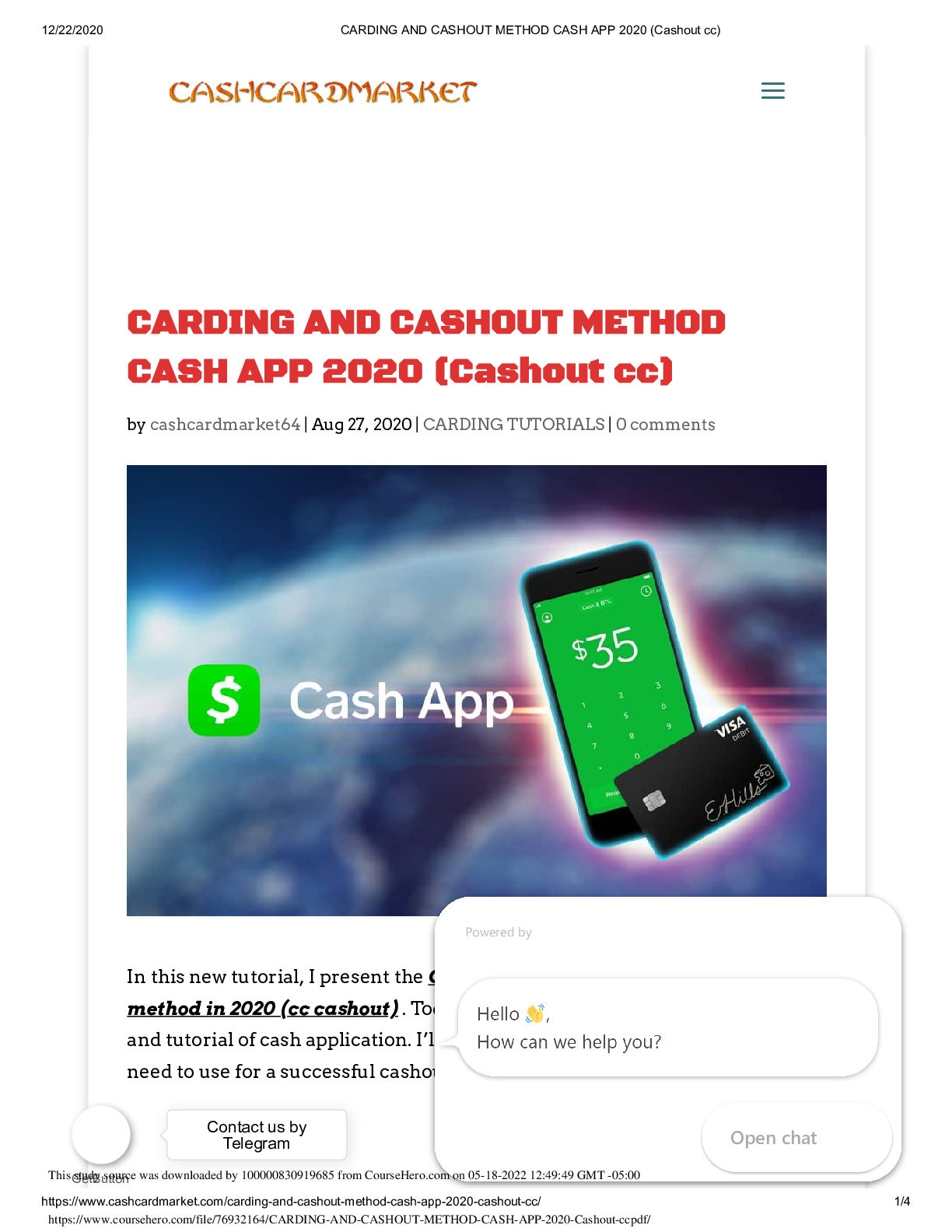
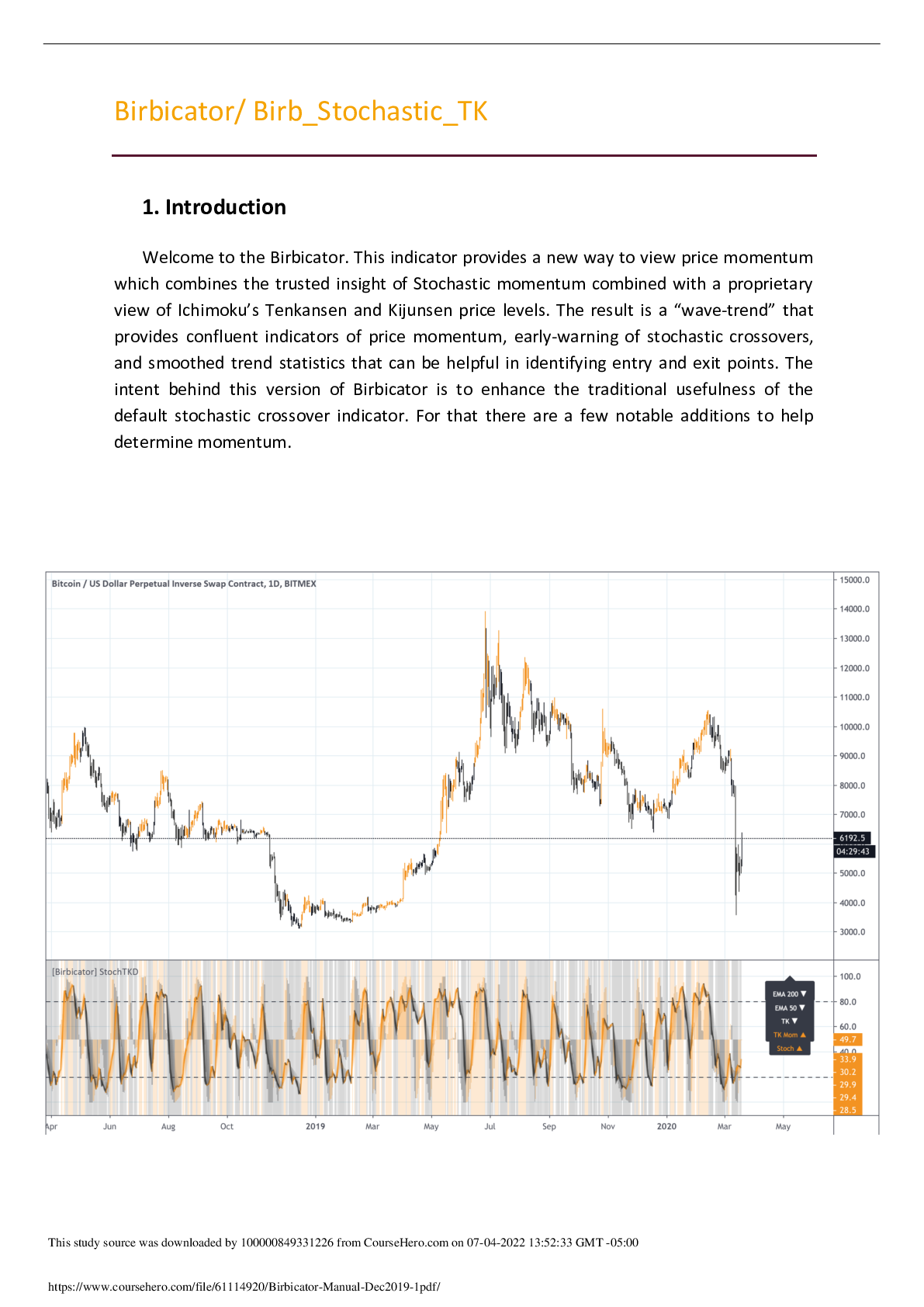

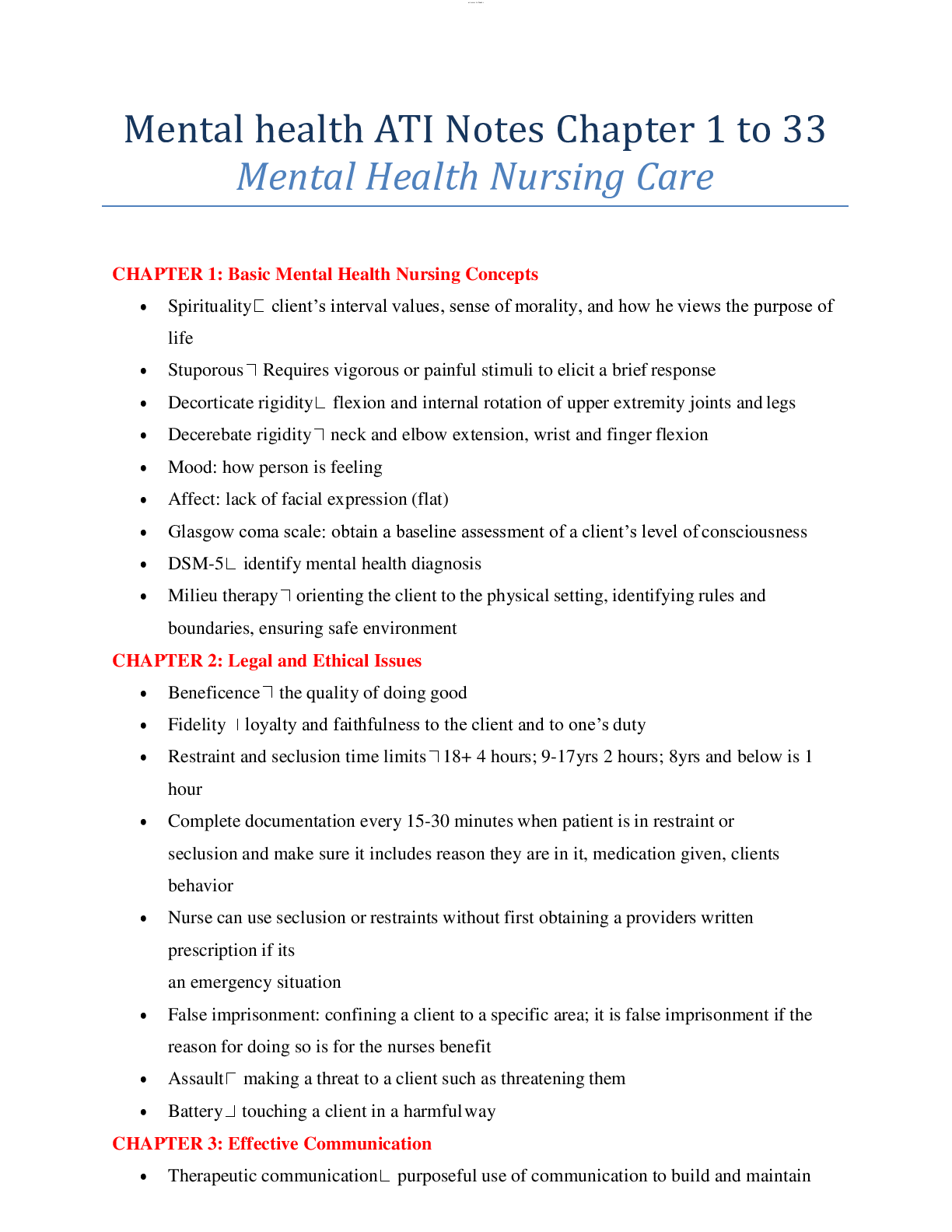
.png)


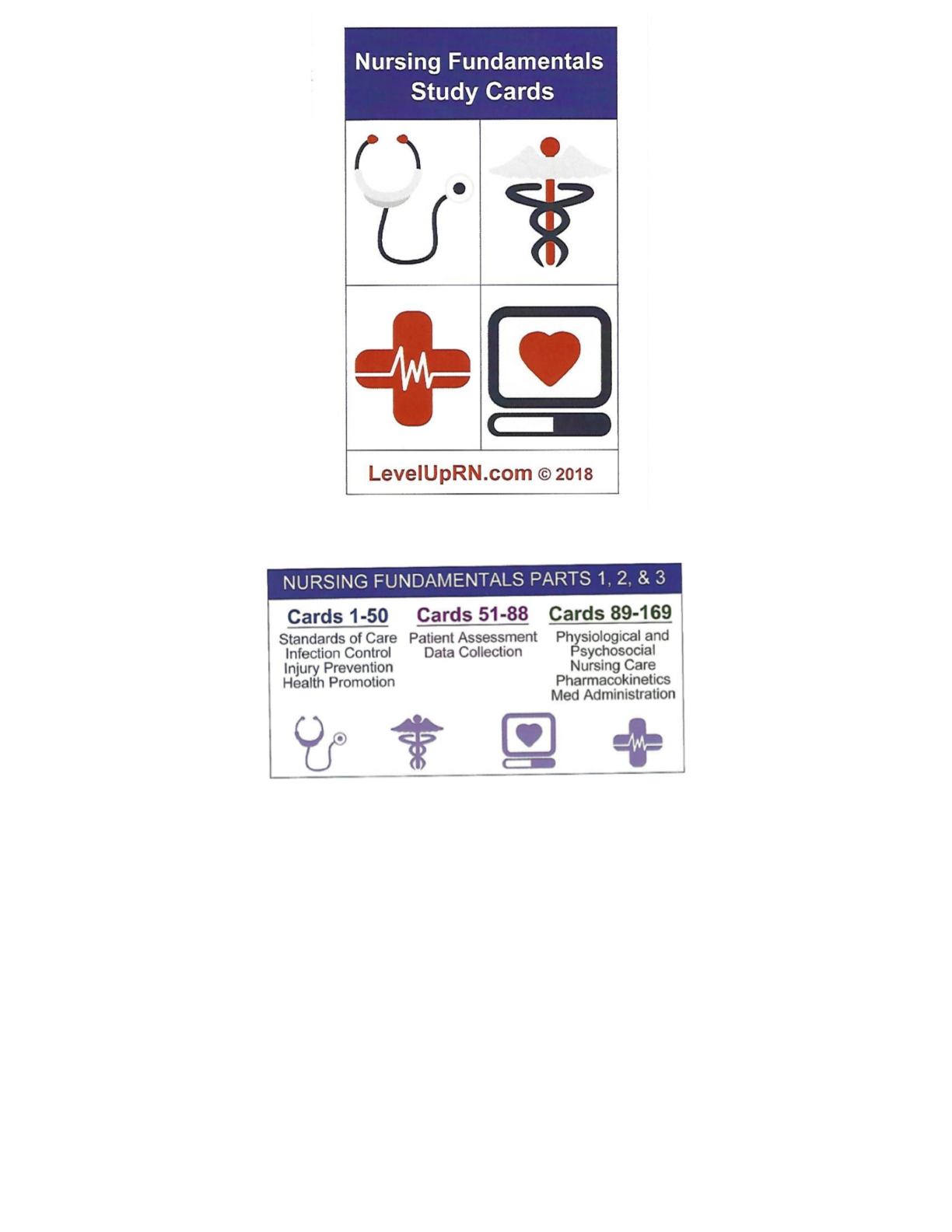

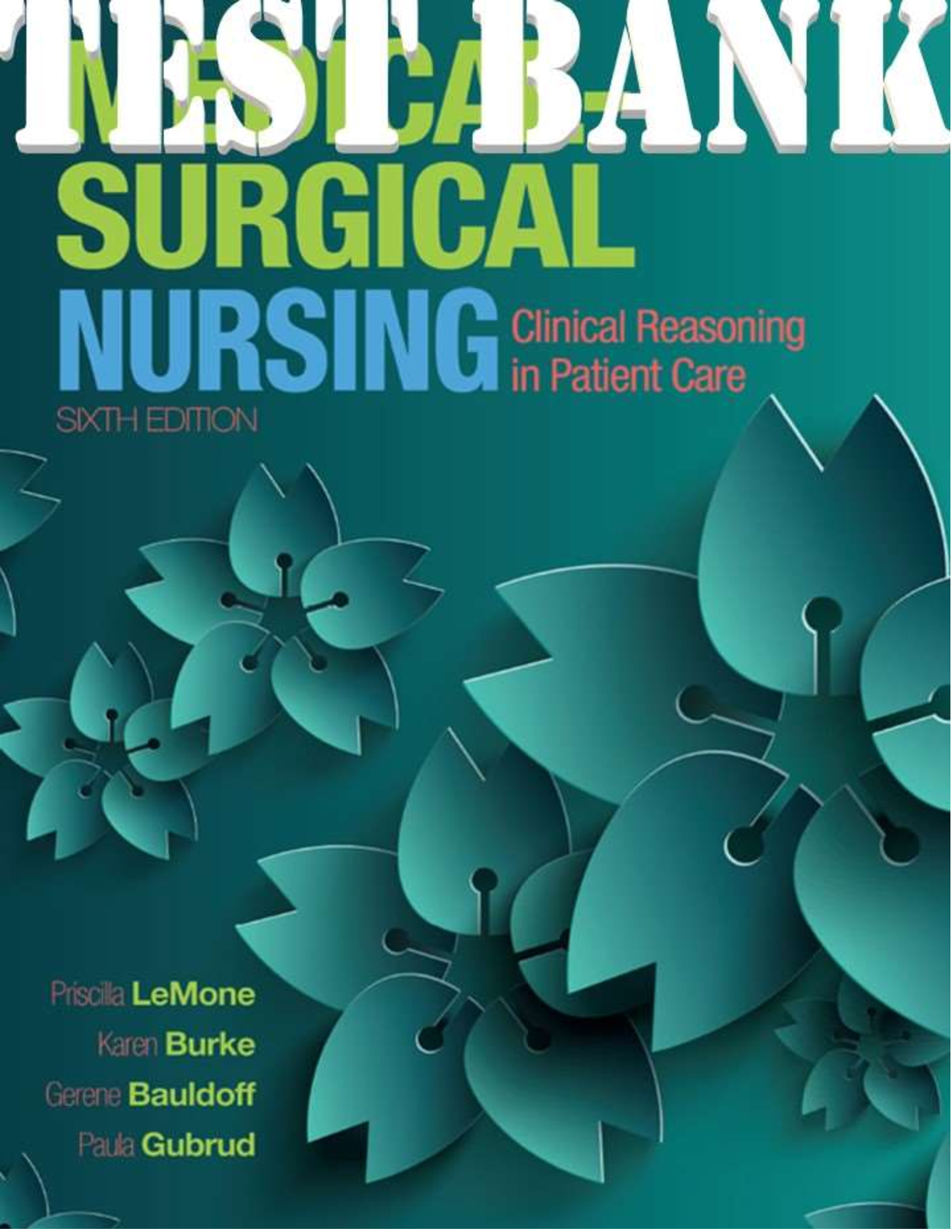
.png)

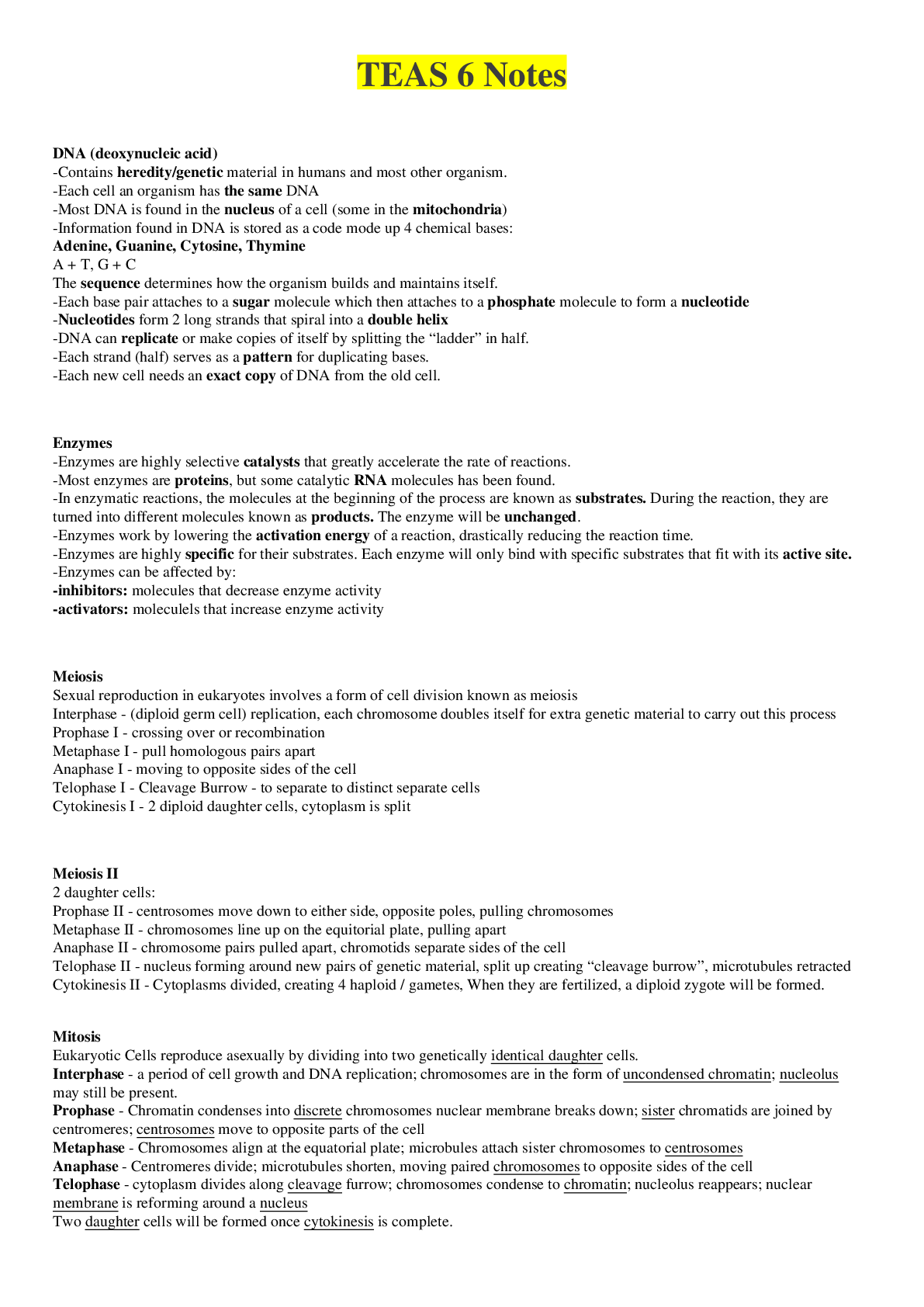

How Do Geographically Dispersed Teams Collaborate Effectively Paper.png)

